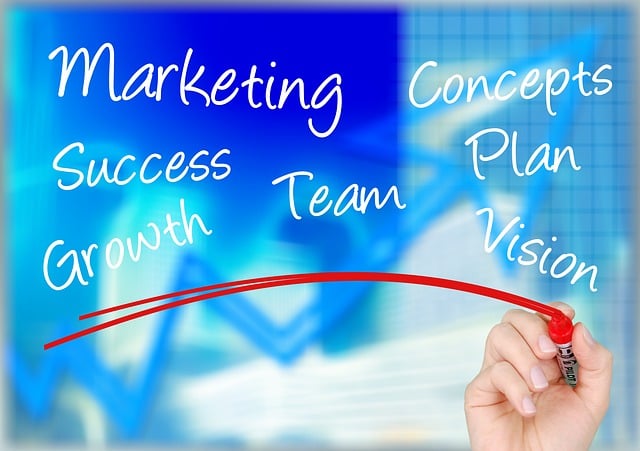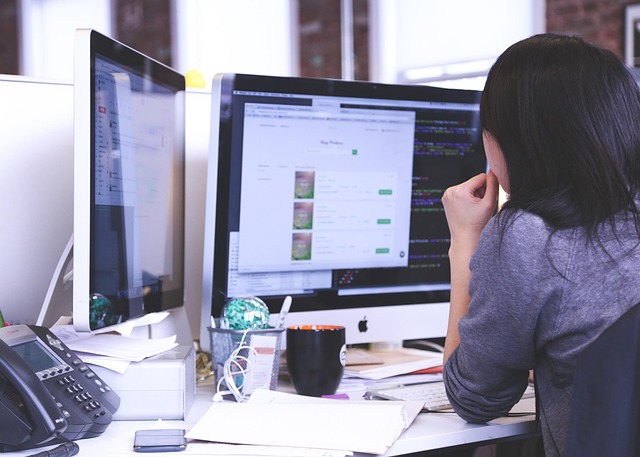AI computer vision, leveraging deep learning, analyzes visual data from images and videos to predict food preparation times and optimize service in restaurants, enhancing customer experience and operational efficiency. Beyond dining, this technology revolutionizes workflows, reduces costs, and drives innovation across manufacturing, retail, healthcare, and security sectors. AI kitchen-to-table timing monitors, a prime example, monitor dish progression accurately, streamlining service, minimizing wait times, managing staff schedules, reducing waste, and creating seamless dining experiences. To implement these solutions effectively, businesses should strategically plan use cases, choose the right technology (deep learning, rule-based systems, or hybrid approaches), train models on diverse datasets, integrate seamlessly with existing systems, and monitor performance continuously for adjustments.
Artificial Intelligence (AI) Computer Vision is transforming businesses, offering unprecedented efficiency and insights. This article explores the power of AI in various sectors, with a focus on its revolutionary impact in food service through AI kitchen-to-table timing monitors. We’ll delve into understanding AI computer vision, its practical applications, and optimizing solutions. By leveraging this technology, businesses can streamline operations, enhance customer experiences, and stay ahead in today’s competitive market.
- Understanding AI Computer Vision: Unlocking Business Potential
- AI Kitchen-to-Table Timing Monitors: Revolutionizing Food Service
- Implementing and Optimizing AI Computer Vision Solutions
Understanding AI Computer Vision: Unlocking Business Potential

AI Computer Vision is a revolutionary technology that enables machines to interpret and analyze visual data from images and videos, just as humans do. By leveraging deep learning algorithms and neural networks, AI systems can identify patterns, objects, and features with remarkable accuracy, unlocking immense potential across various industries. In businesses, this technology is transforming operations by providing insights and automation previously unimaginable.
One prominent application is in the realm of kitchen-to-table timing monitors, where AI Vision analyzes food preparation processes and predicts service times with precision. This enhances customer experience by ensuring timely deliveries without overstaying, optimizing staff scheduling, and improving overall restaurant efficiency. From manufacturing to retail, healthcare to security, Computer Vision is a game-changer that promises to revolutionize workflows, reduce costs, and drive innovation.
AI Kitchen-to-Table Timing Monitors: Revolutionizing Food Service

AI Kitchen-to-Table Timing Monitors are transforming food service operations by optimizing every step from preparation to delivery. These advanced systems leverage computer vision and machine learning algorithms to monitor dish progression, ensuring meals are prepared and served at the perfect moment. By analyzing visual cues like ingredient placement, cooking progress, and table readiness, AI monitors can predict exact completion times with remarkable accuracy.
This technology streamlines service, minimizes wait times, and enhances customer satisfaction. Restaurants can better manage staff schedules, reduce food wastage, and create a seamless dining experience, all thanks to the efficient tracking of kitchen-to-table timelines facilitated by AI kitchen-to-table timing monitors.
Implementing and Optimizing AI Computer Vision Solutions

Implementing and optimizing AI computer vision solutions is a strategic process that involves careful planning and continuous refinement. Businesses should start by identifying specific use cases where AI vision can provide tangible benefits, such as quality control in manufacturing or automated inventory management in retail. Once use cases are defined, selecting the right technology becomes crucial. This includes choosing between deep learning models, rule-based systems, or hybrid approaches based on the complexity of tasks and available data.
To ensure optimal performance, AI vision solutions must be fine-tuned and regularly updated. This involves training models with diverse datasets to enhance accuracy and adaptability. Additionally, integrating AI vision with existing systems requires seamless data flow and compatibility checks. Businesses should also consider implementing real-time monitoring and feedback loops to promptly address any drift in model performance. For instance, AI kitchen-to-table timing monitors can be optimized to account for varying ingredient quantities and preparation times, ensuring precise and consistent meal service in restaurants.
AI computer vision applications, such as AI kitchen-to-table timing monitors, are transforming industries by enhancing efficiency and customer experiences. From optimizing food service operations to implementing robust solutions, these technologies offer significant business potential. As we continue to explore and innovate with AI, understanding and leveraging its capabilities will be key to staying competitive in the market.
